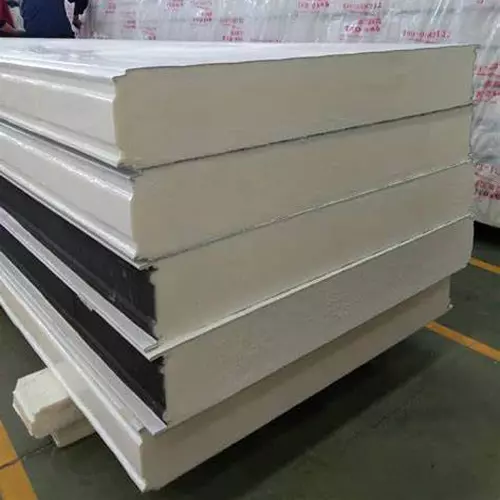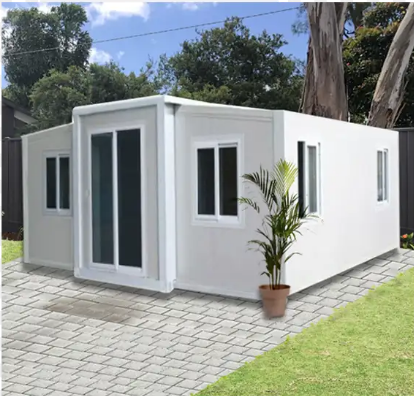Wall panel material for container house
Wall panel material offer versatile solutions for interior and exterior surfaces, combining aesthetics with functionality, each exhibiting distinct characteristics in various load analyses:

Glass Wool:
Thermal Conductivity Performance: Glass wool’s performance in load analysis relies primarily on its thermal conductivity. Because it has a low thermal conductivity, it effectively reduces heat transfer, thus mitigating the thermal load on the building.
Load Reduction: Glass wool actively reduces the heating and cooling loads on the building through its capable insulation performance. Thereby cutting energy consumption and enhancing energy efficiency.

Rock Wool:
Thermal Conductivity Performance: Rock wool excels in thermal conductivity, isolating indoor and outdoor temperatures while reducing thermal loads.
Fire Resistance: Rock wool’s excellent fire resistance makes it a preferred choice in load analysis, efficiently reducing both fire risk and resulting thermal loads.

EPS Foam:
Thermal Conductivity Performance: EPS foam’s performance in load analysis is relatively lackluster due to its higher thermal conductivity. It may not effectively reduce heat transfer as effectively as other materials, potentially leading to larger heating and cooling loads.
Cost-Effectiveness: Despite its suboptimal insulation performance, EPS foam still finds use in some low-budget projects due to its cost-effectiveness.

Polyurethane Board:
Thermal Conductivity Performance: Polyurethane board excels in insulation, actively reducing building heating and cooling loads while enhancing energy efficiency.
High Performance: Thanks to its superior insulation and compressive strength, polyurethane boards are frequently utilized in high-performance buildings to actively reduce loads.
In summary, in load analysis, rock wool and polyurethane boards are typically the preferred choices due to their excellent insulation and fire resistance, actively contributing to reducing the thermal loads on buildings. However, glass wool and EPS foam may still be considered in some low-cost projects, although their performance is relatively lackluster. The specific results of load analysis also depend on the building’s design and environmental conditions, necessitating an evaluation of wall panel materials based on specific requirements.
